Troubled SsangYong Officially Changing Name to KG Mobility

The SsangYong Motor Company is changing its name to better align with its being bought out by KG Group after facing bankruptcy. Though the South Korean brand has a long history of being passed around between larger business entities, developing a less-than-sterling reputation over the last few years. Swapping its name provides the added benefit of distancing itself from the besmirched SsangYong title.
Originating as a merger between Ha Dong-hwan Motor Workshop and Dongbang Motor Co. in 1963, the company went through a handful of name changes and focused primarily on building specialty vehicles for the United States Army. By 1976, the company had changed its name again to Dong-A Motor and began focusing on building specialty vehicles and Jeeps.
SsangYong Business Group purchased the company in 1986 and began absorbing any local competitors that might also be manufacturing utility vehicles, busses, fire trucks, or anything else Dong-A Motor specialized in. Considering the latter brand had already obtained Keohwa – which was allowed to produce Jeep vehicles for export under license – SsangYong had effectively taken a healthy share of the specialty fleet market in the region.
The company’s name was formally changed to SsangYong Motor in 1988.
While continuing to focus on utility vehicles, the brand entered into a business partnership with Daimler-Benz in 1991. At the time, South Korean automakers were interested in expanding in the same manner as Japanese brands had done before them and SsangYong thought it could deliver a consumer-focused SUV of its own while badge engineering a handful of Mercedes products. However, the partnership didn’t last long and it was bought out by Daewoo Motors (now GM Korea) in 1997. Facing financial difficulties of its own, Daewoo quickly sold its controlling stake back to SsangYong.
By 2000, the business looked to be in serious trouble with controlling shares being passed around regularly. Chinese automobile manufacturer SAIC Motor ultimately took control in 2004. But its majority stake didn’t do much to calm things down. The South Korean workforce wasn’t thrilled with the idea of being managed by a Chinese state-owned automobile manufacturer and news that it would be introducing layoffs to help with cost-cutting only made things worse. SsangYong employees went on extended strikes in 2006 to protest SAIC. Though it ultimately ended with workers agreeing to a wage freeze in exchange for additional investments.
SsangYong continued losing money in the years ahead, with the truly dark days coming in the wake of The Great Recession. By 2009, the company had gone into receivership after years of sustained losses. In response, SAIC plotted even more layoffs with employees once again going on strike. Initially, staff simply barricaded themselves inside some of the buildings. However, the situation became violent after police were sent in to drag protestors out by force. Now effectively a siege, the striking workforce was gradually denied electricity, food, medicine, and water. Brawls between disgruntled workers and the police were also common, with at least one factory employee being killed.
The situation lasted an incredible 77 days, with staff criticizing SAIC for allegedly stealing technology related to hybrid vehicles and failing to keep investment promises made during earlier strikes. The whole thing became a PR nightmare for literally every group involved, including the local police and the South Korean government. SsangYong seemed to have only one option – sell itself again or stick with the plan that obviously wasn’t working. So it began notifying the world that it was, once again, interested in being bought out.
Mahindra & Mahindra Limited took the bait and purchased the company in 2011 for roughly $460 million USD. While this did yield a few profitable years and some relatively successful passenger vehicles that never made it to our market, the new parent company seemed to be losing faith. Despite the South Korean brand seeing new products and meaningful sales improvements by 2015, Mahindra cut funding to SsangYong due to its outstanding debts. Its 75-percent stake was dumped late in 2020, right before the global response to the pandemic was about to cripple the entire automotive sector.
SsangYong was now on the hook for $285 million in overdue debt and didn’t look to be in any kind of position to pay back the banks. Speculation ran rampant, with claims that it might be bought out by any number of companies focusing on electrification – including BYD and Edison Motors – though nothing beyond a few project-based partnerships manifested.
By the summer of 2022, the Seoul Bankruptcy Court decided that a consortium led by the KG Group – which had agreed to pay almost $700 million for a 61-percent stake in SsangYong. As a chaebol (basically the South Korean equivalent of the Japanese zaibatsu) many opposed a KG takeover. But little was done about it, with SsangYong realizing that it had few other options on the table at this point. With the deal being finalized, the courts settled upon a plan that would allow the automaker to exit receivership.
Over the fall, KG Group went to work and announced plans to change the SsangYong name. But the company got bogged down in some of the legal issues pertaining to settling things with the bank. Now dealt with, it’s getting back to the name change – opting to use its own name, rather than the now-tainted SsangYong. Chairman Kwak Jae-sun has confirmed that the company will have formally been renamed KG Mobility by March of 2023.
"The name SsangYong Motor has a fandom with good memories, but it also has a painful image," Kwak explained. "From now, all SsangYong cars will come out to the world under the name of KG. Even with the name change, SsangYong Motor’s history will not change."
[Image: rezoff/Shutterstock]
Become a TTAC insider. Get the latest news, features, TTAC takes, and everything else that gets to the truth about cars first by subscribing to our newsletter.

A staunch consumer advocate tracking industry trends and regulation. Before joining TTAC, Matt spent a decade working for marketing and research firms based in NYC. Clients included several of the world’s largest automakers, global tire brands, and aftermarket part suppliers. Dissatisfied with the corporate world and resentful of having to wear suits everyday, he pivoted to writing about cars. Since then, that man has become an ardent supporter of the right-to-repair movement, been interviewed on the auto industry by national radio broadcasts, driven more rental cars than anyone ever should, participated in amateur rallying events, and received the requisite minimum training as sanctioned by the SCCA. Handy with a wrench, Matt grew up surrounded by Detroit auto workers and managed to get a pizza delivery job before he was legally eligible. He later found himself driving box trucks through Manhattan, guaranteeing future sympathy for actual truckers. He continues to conduct research pertaining to the automotive sector as an independent contractor and has since moved back to his native Michigan, closer to where the cars are born. A contrarian, Matt claims to prefer understeer — stating that front and all-wheel drive vehicles cater best to his driving style.
More by Matt Posky
Latest Car Reviews
Read moreLatest Product Reviews
Read moreRecent Comments
- Daniel J Cx-5 lol. It's why we have one. I love hybrids but the engine in the RAV4 is just loud and obnoxious when it fires up.
- Oberkanone CX-5 diesel.
- Oberkanone Autonomous cars are afraid of us.
- Theflyersfan I always thought this gen XC90 could be compared to Mercedes' first-gen M-class. Everyone in every suburban family in every moderate-upper-class neighborhood got one and they were both a dumpster fire of quality. It's looking like Volvo finally worked out the quality issues, but that was a bad launch. And now I shall sound like every car site commenter over the last 25 years and say that Volvo all but killed their excellent line of wagons and replaced them with unreliable, overweight wagons on stilts just so some "I'll be famous on TikTok someday" mom won't be seen in a wagon or minivan dropping the rug rats off at school.
- Theflyersfan For the stop-and-go slog when sitting on something like The 405 or The Capital Beltway, sure. It's slow and there's time to react if something goes wrong. 85 mph in Texas with lane restriping and construction coming up? Not a chance. Radar cruise control is already glitchy enough with uneven distances, lane keeping assist is so hyperactive that it's turned off, and auto-braking's sole purpose is to launch loose objects in the car forward. Put them together and what could go wrong???
















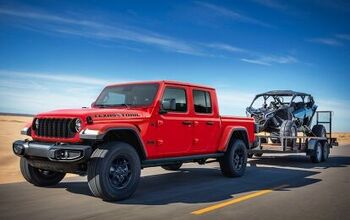

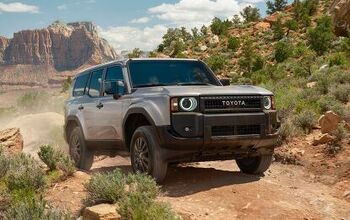
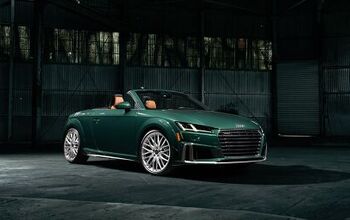
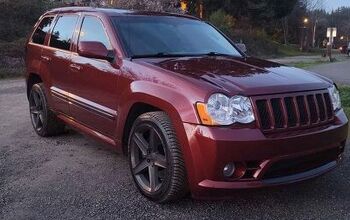

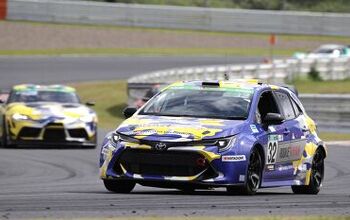
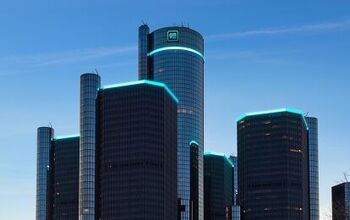
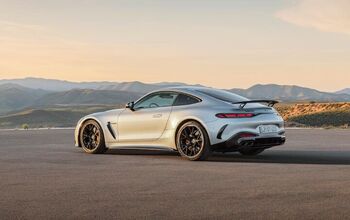
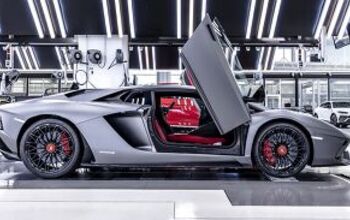
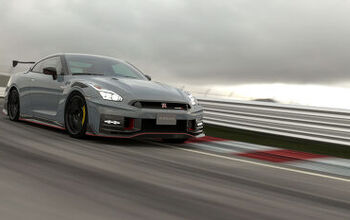
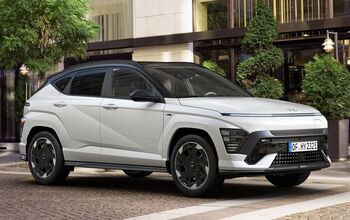
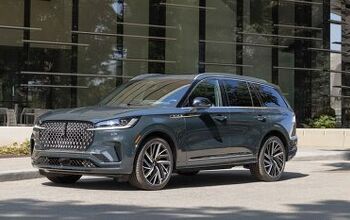
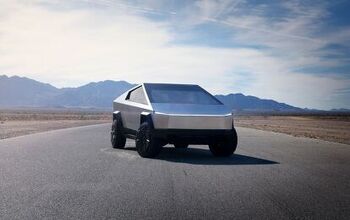
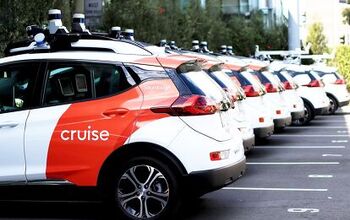

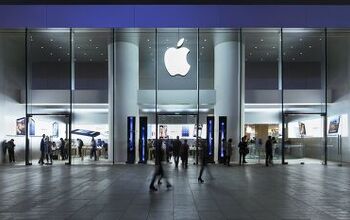
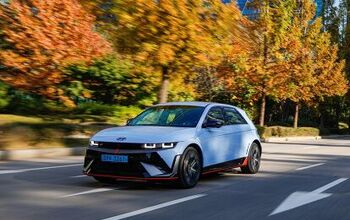
Comments
Join the conversation
In the beginning SSangYong made Jeeps. At the end they specialized in SUV. Jeeps and SUV would appear to be a good plan, somehow SSangYong failed.
I think "Daewoo" was available, what a missed opportunity.